Looking for the perfect yellow aji sauce recipe? You've found it. This authentic Peruvian sauce transforms ordinary meals with its unique fruity heat and vibrant color. In this guide, you'll get a simple, reliable recipe using ingredients you can actually find, plus practical tips for using it in everyday cooking.
Unlike confusing online recipes, this version works every time - no special equipment needed. Whether you're new to Peruvian cuisine or just want to add exciting flavor to your meals, this guide gives you exactly what you need to know.
Table of Contents
- What Is Yellow Aji Sauce?
- Simple Homemade Recipe (15 Minutes)
- 10 Delicious Ways to Use It
- Ingredient Substitutions When Aji Amarillo Is Hard to Find
- How to Store Properly (Without Separation)
- Easy Heat Level Adjustments
- How It Compares to Other Hot Sauces
- Advanced Tips for Perfect Flavor (Optional)
- Frequently Asked Questions
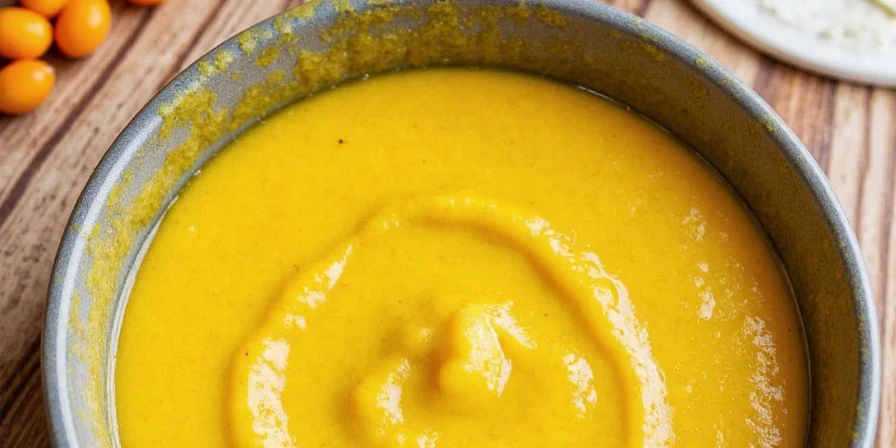
What Is Yellow Aji Sauce?
Yellow aji sauce (salsa de aji amarillo) is Peru's most popular condiment, made primarily from aji amarillo peppers. Unlike generic hot sauces, it delivers a perfect balance of fruity flavor with moderate heat (about 5 times hotter than jalapeño but milder than habanero).
The authentic version has a bright yellow-orange color, creamy texture, and complex flavor profile that enhances rather than overpowers dishes. It's essential in Peruvian classics like causa, ceviche, and anticuchos, but works equally well with everyday foods like eggs, sandwiches, and roasted vegetables.

Simple Homemade Recipe (15 Minutes)
No fancy equipment needed! This reliable method works with either fresh or frozen peppers.
Basic Yellow Aji Sauce Recipe
- 3-4 aji amarillo peppers (or 1 cup frozen)
- 2 garlic cloves
- 1/4 cup vegetable oil or olive oil
- 2 tablespoons lime juice
- 1/2 cup water
- 1/2 teaspoon salt
- Optional: 2 tablespoons mayonnaise for creamier texture
Easy Preparation Steps
- Remove stems and seeds from peppers (wear gloves if sensitive to heat)
- Blend peppers, garlic, lime juice, and salt until smooth
- Slowly add oil while blending to create creamy emulsion
- Add water as needed for desired consistency
- Taste and adjust lime or salt as needed
Pro tip: Let the sauce rest 30 minutes before serving for flavors to develop fully.
| Pepper Type | Heat Level | Flavor Profile | Best For |
|---|---|---|---|
| Aji Amarillo | Moderate | Fruity, floral, earthy | All-purpose Peruvian cooking |
| Habanero | Very hot | Fruity, citrusy | Specialty hot sauces |
| Jalapeño | Mild to medium | Grassy, bright | Tacos, nachos |
| Serrano | Hot | Sharp, bright | Salsas, pico de gallo |
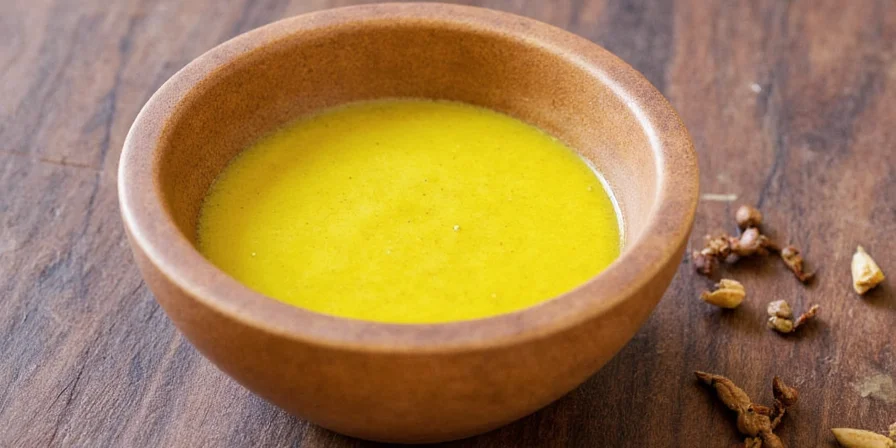
10 Delicious Ways to Use Yellow Aji Sauce
- As a dip for potatoes (try with boiled yellow potatoes!)
- Mixed with mayo for sandwich spreads
- Marinade for chicken or fish (30 minutes)
- Stirred into scrambled eggs
- Drizzled over avocado toast
- Mixed with sour cream for dipping sauce
- Added to soups for flavor boost
- As a base for salad dressings
- With roasted vegetables
- Mixed with cream cheese for appetizers
Ingredient Substitutions When Aji Amarillo Is Hard to Find
Can't find aji amarillo peppers? Try these accessible alternatives:
- Frozen peppers: Most reliable substitute (available at Latin markets)
- Yellow habanero + bell pepper: 1 yellow habanero + 1 yellow bell pepper (milder version)
- Serrano peppers: Add 1 teaspoon paprika for color
- Ready-made sauce: Look for "Ají Amarillo" paste in Latin grocery stores
How to Store Properly (Without Separation)
Store in an airtight container in the refrigerator for up to 2 weeks. To prevent separation:
- Always stir well before using
- Keep refrigerated at all times
- Freeze in ice cube trays for longer storage (3 months)
Easy Heat Level Adjustments
Too spicy? Reduce heat without losing flavor:
- Remove all seeds and white membranes
- Add more oil or mayonnaise
- Mix with roasted bell peppers
- For significant reduction: Simmer seeds in vinegar for 5 minutes before discarding
Want more heat? Add a pinch of cayenne or a small piece of serrano pepper.

How It Compares to Other Hot Sauces
Yellow aji sauce stands out because:
- It has complex fruity flavor, not just heat
- Works as both condiment and cooking ingredient
- More versatile than standard hot sauces
- Enhances dishes without overwhelming them
Advanced Tips for Perfect Flavor (Optional)
For those who want to take their sauce to the next level:
- Temperature control: Blend below 40°C (104°F) to preserve flavor compounds
- Emulsion stability: Add 1/4 teaspoon xanthan gum when making large batches
- Flavor development: Let sauce rest 24 hours before use for integrated flavors
Aji amarillo's distinctive flavor comes from carotenoids that require oil for optimal absorption. The delayed heat perception occurs because of specific capsaicinoid compounds that activate gradually.
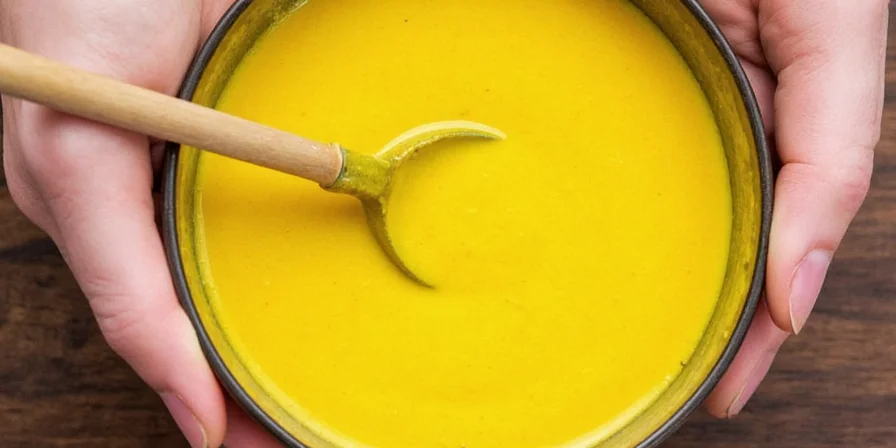
Frequently Asked Questions
- Where can I find aji amarillo peppers?
- Check Latin American grocery stores, especially those specializing in Peruvian products. Many supermarkets now carry frozen versions in the international section. Online retailers offer both fresh and frozen options year-round.
- Why does my sauce separate?
- All-natural sauces often separate - just stir well before using. For longer stability, add a small amount of mayonnaise or xanthan gum during preparation. Avoid using water-based thickeners as they affect flavor.
- Can I use dried aji peppers instead of fresh?
- Dried peppers work but require rehydration (soak in hot water for 20 minutes). Use about 1 dried pepper for every 3 fresh peppers. The flavor will be slightly different but still delicious.
- How spicy should authentic yellow aji sauce be?
- Authentic Peruvian sauce has moderate heat - noticeable but not overwhelming. It should enhance food rather than dominate it. Traditional versions range from 30,000-50,000 Scoville units (about 5x hotter than jalapeño).
| Common Issue | Solution |
|---|---|
| Sauce too thin | Add more peppers or reduce liquid |
| Sauce too thick | Add water or lime juice gradually |
| Flavor too sharp | Let rest 30+ minutes before serving |
| Too spicy | Add roasted bell pepper or mayo |
| Not spicy enough | Add small piece of serrano pepper |
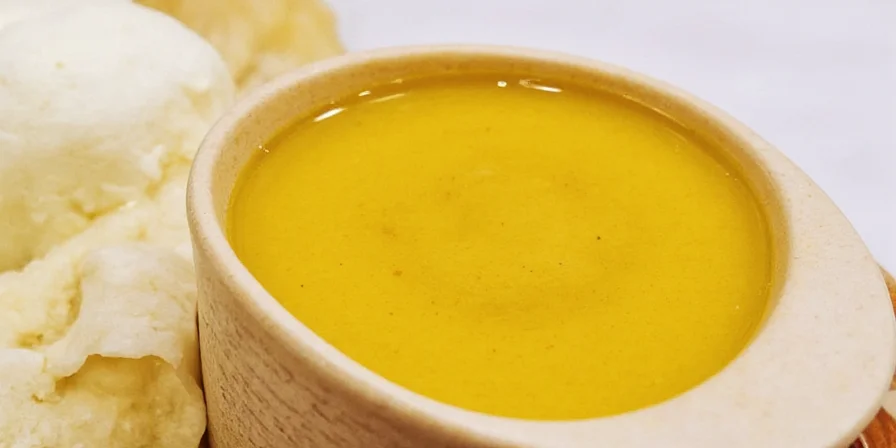

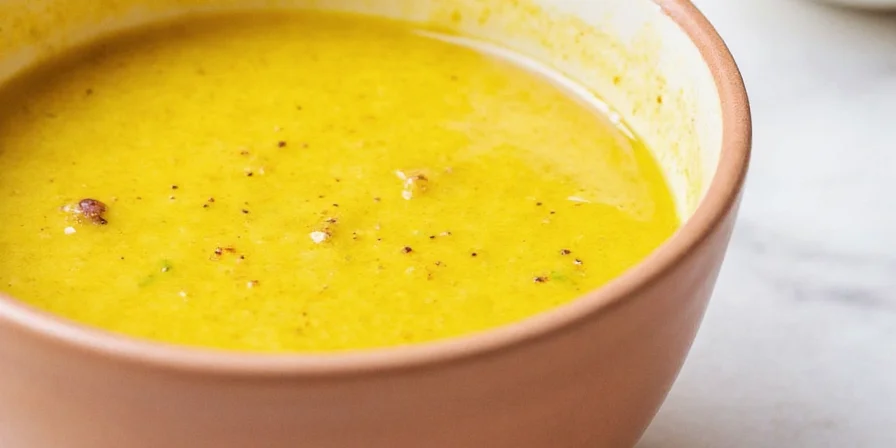









 浙公网安备
33010002000092号
浙公网安备
33010002000092号 浙B2-20120091-4
浙B2-20120091-4